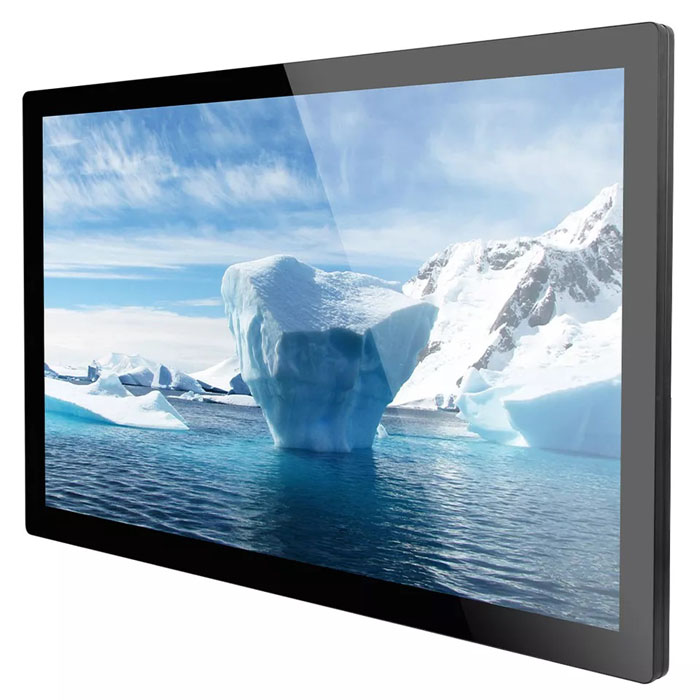Embedded industrial LCD monitor displays play a vital role in modern industry, and the molding method during their production directly affects the quality and performance of the product.
Injection molding: Injection molding is a common molding method that injects molten plastic into a mold and allows it to cool and solidify. For components such as shells and brackets of embedded industrial displays, injection molding can achieve complex structures and precise dimensions, while having the advantages of low cost and high production efficiency.
Stamping: Stamping uses a punch or mold to stamp metal sheets and process the flat materials into the required shape. For some components such as metal casings or brackets, stamping can achieve the advantages of high strength, lightweight and cost-effectiveness, but compared to injection molding, the range of applicable materials for stamping is relatively narrow.
Die-casting: Die-casting is a method of injecting molten metal or alloy into a metal mold and rapidly cooling and solidifying it through high pressure. For some metal parts that require high strength and precision, such as connectors or heat sinks, die casting can achieve higher material density and surface quality.
3D printing: With the development of 3D printing technology, more and more embedded industrial display manufacturers have begun to use 3D printing technology for rapid prototyping or small batch production of components. 3D printing can realize the manufacturing of complex-shaped parts and has the advantages of short production cycle and high flexibility. However, there are still certain limitations in cost and material performance.
To sum up, different molding methods are suitable for the production of different types of embedded industrial display components. Manufacturers need to choose appropriate molding methods based on product requirements, material properties, production costs and other factors to ensure product quality and performance.

